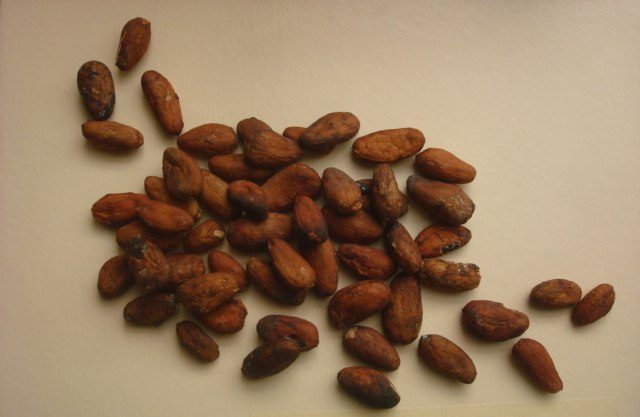Peru has earned $63 million in January and February 2025 from cocoa bean exports to the European Union (EU)’s market, reflecting phenomenal growth.
According to food analyst Jorge Niño de Guzmán on Agraria, this rise by 250% year-on-year (y-o-y) owes to strong international prices.
Guzmán adds that all agri-food sectors had by February 2025 earned over $2.233 billion or 6.7% growth, y-o-y.
The cocoa sector, inclusive of exports and domestic utility, distinctly grew by 155% y-o-y, per governmental figures.
The sector’s growth did not start now for in 2021 it was growing annually by 6.5% vis-á-vis a global 4.5%.
What Spurs the EU Market Growth?
This export rise owes to Peru’s being a top 2 supplier of organic cocoa beans, which garner appeal in Europe.
Since 60 to 70% of organic beans end up abroad, they generate high income for families, unlike conventional beans.
The EU connection also gains from producers’ accessibility to export certifications via the country’s chief cocoa federation, the APPCACAO.
While joining federations like APPCACAO creates a constant revenue stream in high value markets, growers sometimes choose middlemen.
Over 400 local cacao export firms vie against each other with competitive domestic pricing to lure farmers. Some producers even opt to sell 50% of their raw beans to middlemen and the rest to their cooperatives.
There is danger, however, in that the European Union passed the anti-deforestation bill in 2023, restricting sourcing from illegal forestlands.
This regulation could over time affect the 100,000 households in the Amazon countryside that depend on cocoa.
For now, sustainability pales alongside the lush returns that the EU market is generating for cocoa from Peru. And does this signal the cocoa sector again earning the more than $1 billion it earned in 2024? The following statistics answer the question by exploring the EU’s cocoa market.
Statistics on Peru Cocoa from an EU Market Perspective
In 2023, Peru exported cocoa and derivatives worth $431.79 million while the entire cocoa value chain generated $1.27 billion. The European Union contributes substantially to this revenue for Peru remains the bloc’s number 3 supplier of organic cocoa. As of 2020, 13% of organic cocoa in the EU market was from Peru. About 1/3rd or 9,600 tonnes of the total 26,000 tonnes the bloc imported from Peru in 2020 was organic.
Why is organic cocoa so important for Peru in the EU market?
Good prices, which are usually 6% above those for conventional beans, motivate sales in Europe. In May 2024, while conventional beans sold at 30 sols ($7.96) a kg, organic beans garnered 32 sols ($8.50). Preference for organic beans abroad has also helped expand Peru’s organic cocoa area. In 2020, 73,000 hectares or 56% of the total cacao area in the country were under the organic crop.
Which are the top EU destinations for Peru’s cocoa beans?
The Netherlands is the leading European market for Peru’s cocoa and the second biggest worldwide, generating $43.4 million in 2023. Italy comes next with an import value of $13.7 million (2023) or the fifth highest globally. According to OEC, Belgium was the fastest growing destination in Europe for cocoa from Peru at $6.69 million in 2023. Serbia came next with an import value of $3.25 million.
